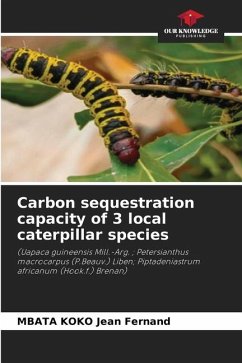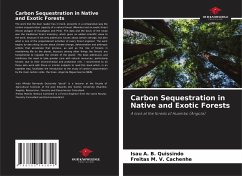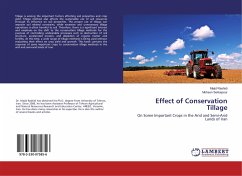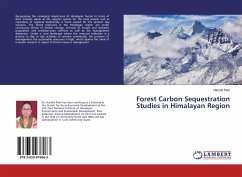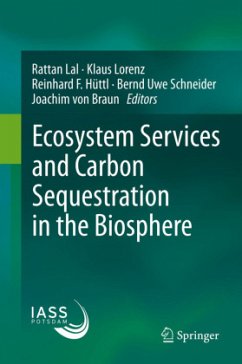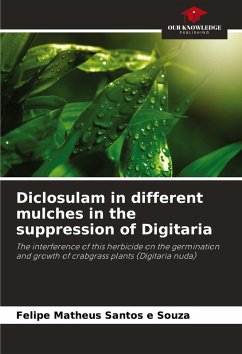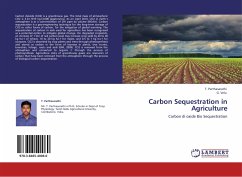
Conservation Agriculture and carbon sequestration
the impact of tillage on soil properties and carbon sequestration
Versandkostenfrei!
Versandfertig in 6-10 Tagen
29,99 €
inkl. MwSt.

PAYBACK Punkte
15 °P sammeln!
Carbon (C) loss from agricultural soils has been partly attributed to tillage, a common practice that offers a number of benefits to farmers. The promotion of less intensive tillage practices and no tillage (absence of mechanical soil disturbance) aims to mitigate negative effects on soil quality and preserve soil organic carbon (SOC). Several studies have shown that no-tillage versus conventional tillage has both positive and negative effects on soil organic carbon. A comprehensive systematic study is therefore needed to answer the following question: what is the impact of reduced tillage int...
Carbon (C) loss from agricultural soils has been partly attributed to tillage, a common practice that offers a number of benefits to farmers. The promotion of less intensive tillage practices and no tillage (absence of mechanical soil disturbance) aims to mitigate negative effects on soil quality and preserve soil organic carbon (SOC). Several studies have shown that no-tillage versus conventional tillage has both positive and negative effects on soil organic carbon. A comprehensive systematic study is therefore needed to answer the following question: what is the impact of reduced tillage intensity on soil organic carbon?The switch to conservation tillage has been credited with substantial climate change mitigation potential through carbon storage. Higher stocks or concentrations of SOC in the top soil layer not only promote a more productive soil with higher biological activity, but also provide resistance to extreme weather conditions.





